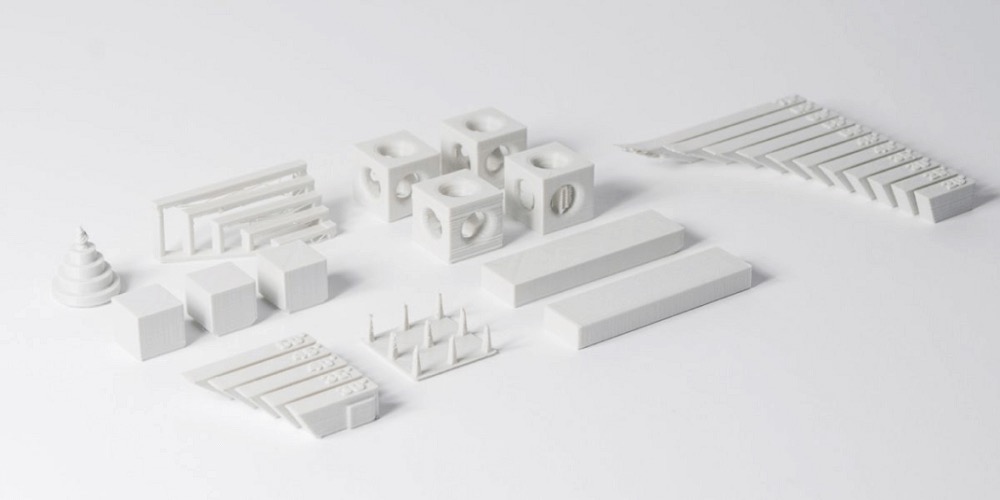The enhancement of technology has given rise to various product development methods that have greatly helped people from all walks of life, especially engineers and designers. Some of these product development processes are rapid manufacturing and rapid prototyping.
There is always this confusion about the difference(s) between rapid prototyping and rapid manufacturing. Are they different? Are they the same? Are some processes similar? Is there any process in one that can aid the other? If you need a rapid manufacturing process done, contact DD Prototype for more information.
Coincidentally, these two terms are similar because they can produce a model layer by layer through data. But that’s not enough reason to call them similar. Here are some notable differences and how you can distinguish them
Differences between rapid prototyping and rapid manufacturing
We’ll consider one type of rapid manufacturing, which is 3D printing. If you don’t know what 3D printing is all about, it is simply a process that takes a digital model (in 3D) and converts it to a physical product. The process involves fabricating materials via a nozzle, printing technology, or a print head.
What of rapid prototyping?
This is used to create 3D printing (otherwise known as additive manufacturing) to produce models faster than the normal procedure.
Now, if you base your judgments on these above definitions, you’d conclude that there are very similar terms, but here are some contradicting evidence
1. Printing method complexity
When it comes to complexity or complications, using 3D printing needs less training and supervision compared to rapid prototyping. But it depends on how complex the supporting structures and components required are.
If you’re doing rapid prototyping, you can’t adjust the parameters anyway you like. But the 3D printing is flexible enough to do so. You can produce parts right out of the box, but it depends on whether the accuracy of the product required is met. The longer it takes to create a product, the higher the accuracy.
2. Type of material
When it comes to the types of materials, rapid prototyping is far ahead of 3D printing. It involves a wider material range. Although with the advancements in technology and innovation, the options for 3D printing are slowly expanding, but not as much as rapid prototyping. The available ones are also quite hard to find because it’s restricted to PVC and other plastic options.
But in the nearest future, people anticipate ceramics.
3. Accuracy level
Rapid prototyping systems produce cleaner and better end products when compared to 3D printing finishes. In this area, they are quite similar because designers depend on a large degree of available geometry and the part size, but rapid prototyping technology produces more advanced products.
4. Pricing
There is a big difference between the cost of rapid prototyping and the cost of 3D printing. Rapid manufacturing can cost twice as much as 3D printing by the time you consider the machine depreciation, labor, system maintenance, labor, types of materials, etc.
When it comes to maintenance, 3D printing is better too. You would only spend a small amount of money maintaining 3D printing systems annually compared to rapid prototyping.
